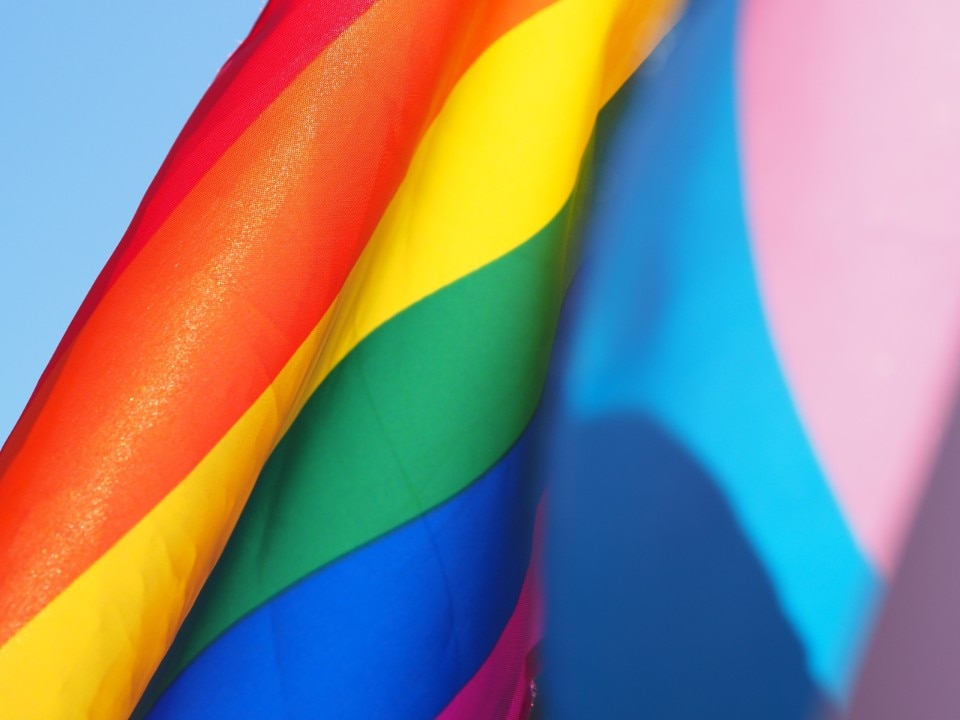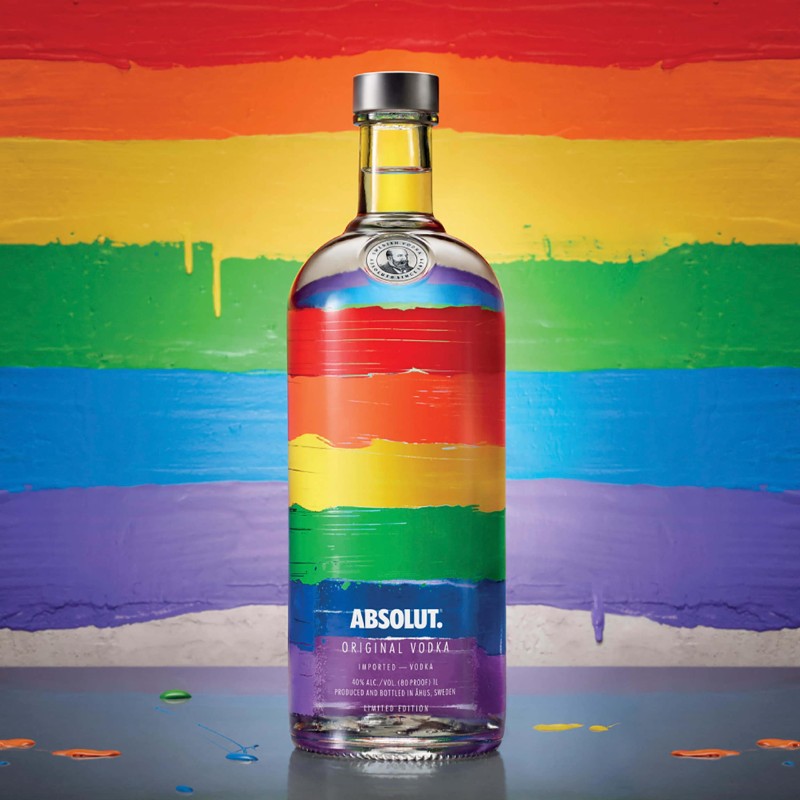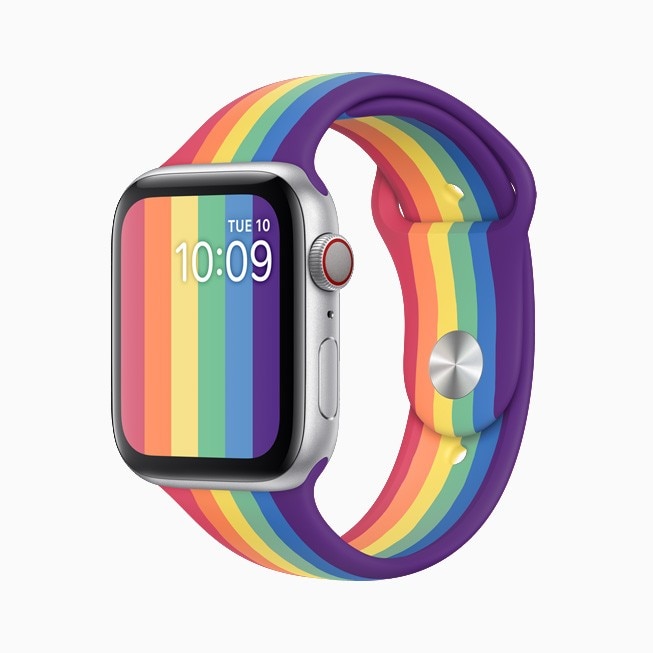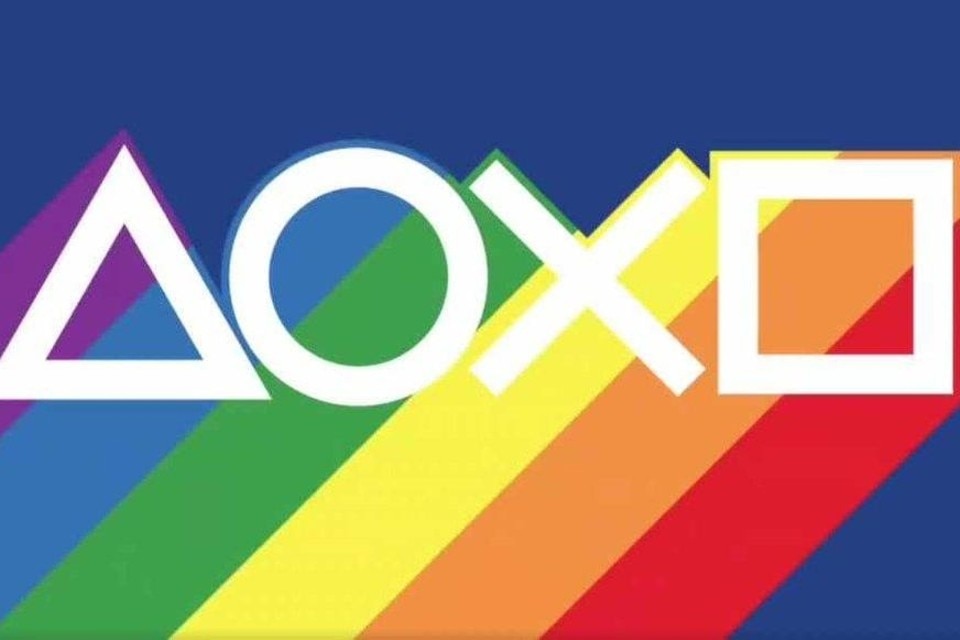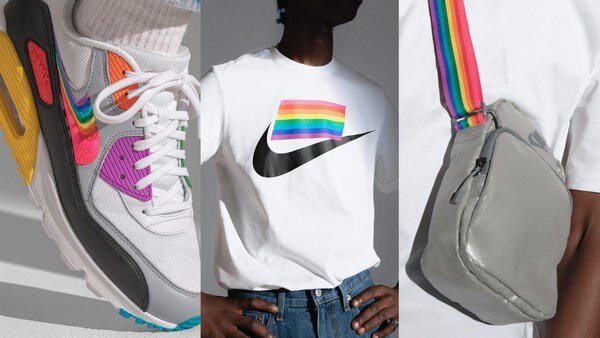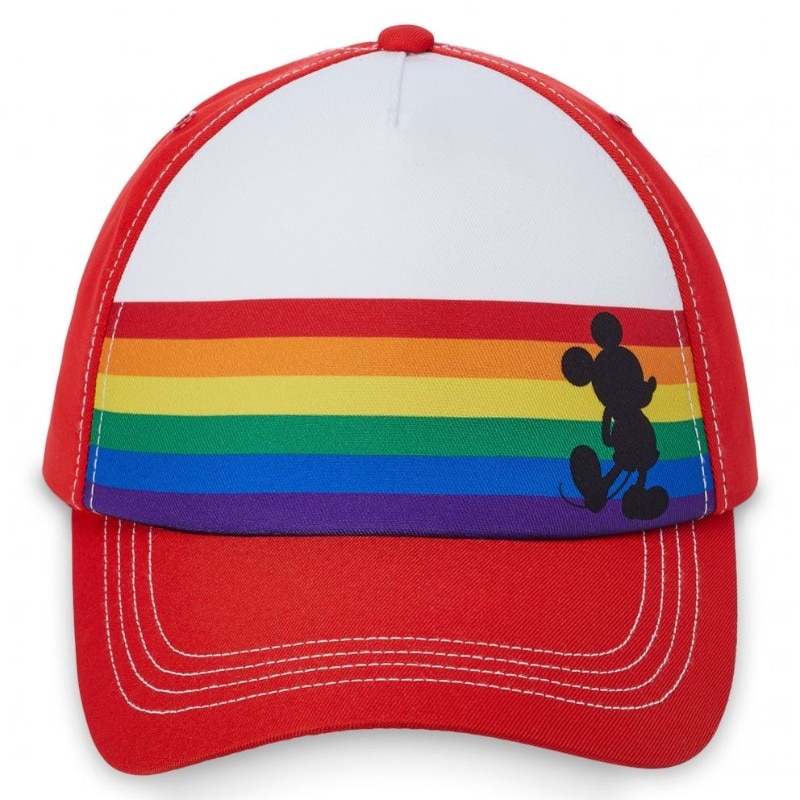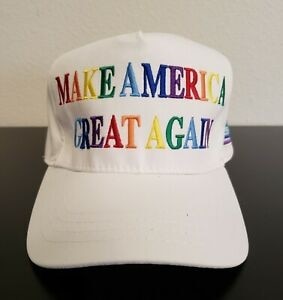Harvey Bernard Milk (1930-1978) was the first US civil servant to openly come out as gay. We all know the story, as told by Gus Van Sant in Milk (2008), in which Sean Penn plays the gay rights activist. Milk was brutally murdered at the San Francisco City Hall, together with the mayor George Moscone, by the former city councilman Dan White, who had resigned a few days earlier after a gay rights bill had come into force, which he had opposed to.
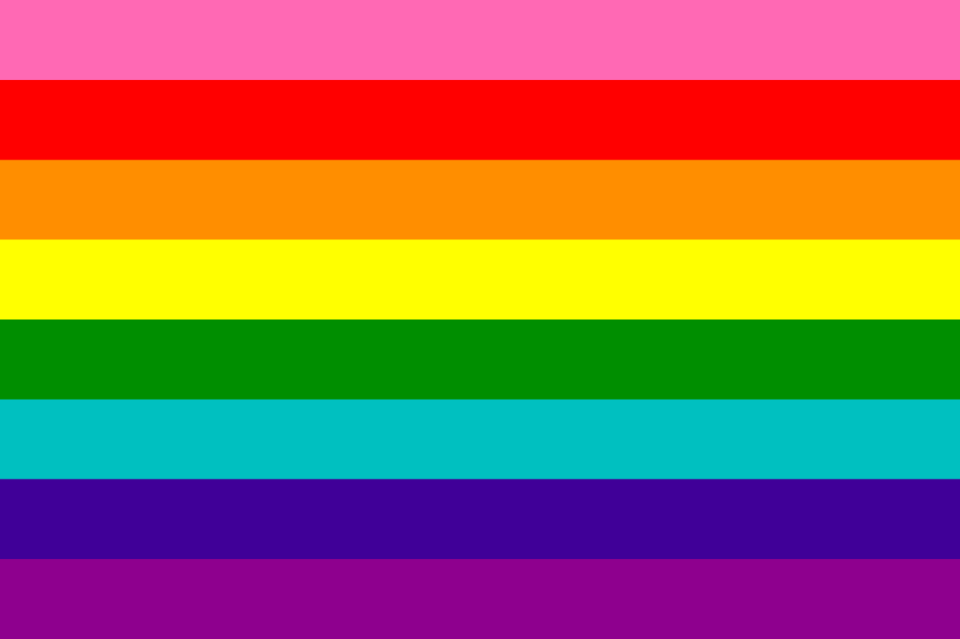
In 1978, before the tragic event, Harvey Milk asked the artist Gilbert Baker to design a flag representing the homosexual community worldwide. Baker (1951-2017), as Milk, was a gay rights activist and one of the most influential representatives of the modern LGBT movement. Arrived from Kansas in 1970 as an enlisted soldier, Baker remained in San Francisco where he pursued his dream of becoming an artist. He met Milk in 1974 and four years later, after his election as a city councilman in San Francisco, the councillor asked the artist to create a new symbol for Pride, an alternative to the pink triangle. The pink triangle — Winkel in German — was once used by the Nazis to identify homosexuals to be persecuted, then in the 1970s became the symbol of the community’s revenge against persecution.
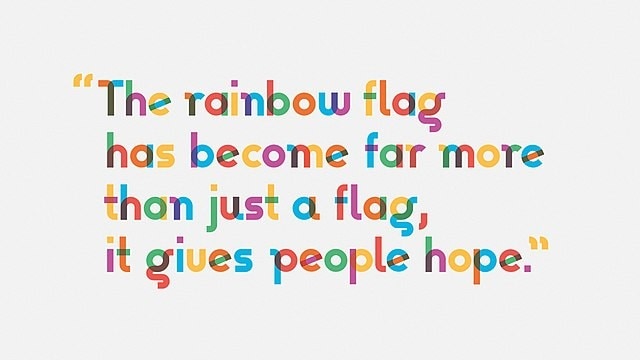
The American artist wanted to create a flag that would represent a positive message not only for the community, but also for those who still look at the homosexual reality with suspicion and hatred. This is why he chose the rainbow, a common symbol of peace and agreement and the new manifesto of gay love. In fact, in Genesis, the rainbow symbolizes a pact between God and mankind, which appeared for the first time after the flood myth in which Noah and his ark survived, as a promise that he would no longer flood the earth. Baker started working on the flag, along with a group of volunteers, by dyeing the fabrics and sewing the eight stripes. In the first version, the colours were as follows: hot pink (sexuality), red (life), orange (healing), yellow (sunlight), green (nature), turquoise (art), indigo (serenity), violet (spirit).
(Gilbert Baker) wanted to create a flag that would represent a positive message not only for the community, but also for those who still look at the homosexual reality with suspicion and hatred.
After Milk’s assassination, the flag reached its peak of success and Baker, unable to find the hot pink fabric, decided to remove it from the flag, reducing the number of stripes to seven. In 1979, the flag was modified again and the turquoise part was removed, resulting in a version with six stripes: red, orange, yellow, green, blue, and violet. In 2015, the Museum of Modern Art (MoMa) classified the rainbow flag as an internationally recognised symbol and purchased the original eight-colour flag, displaying it in the contemporary design gallery.
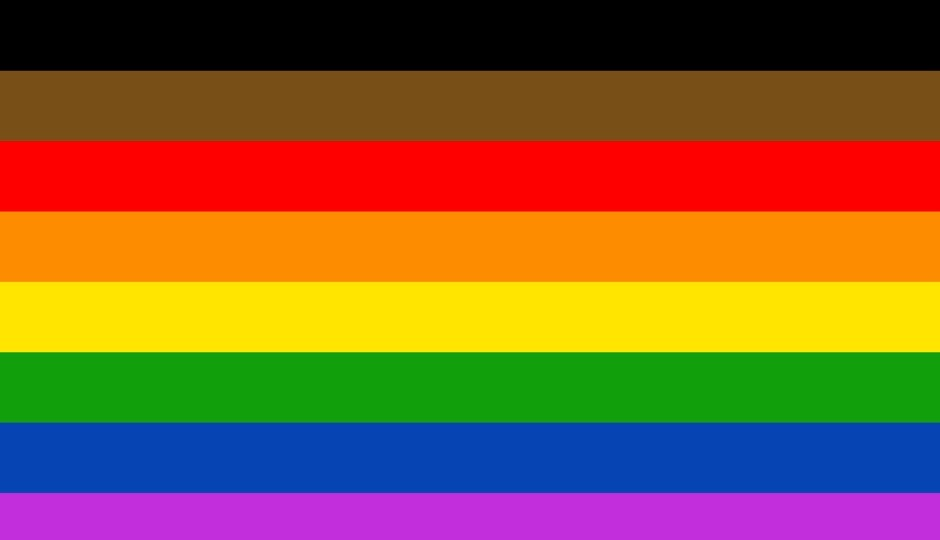
Over the years the flag has been reinterpreted to better represent the new homosexual communities. In 1998, Michael Page designed the flag for bisexuals, using two colours and a third which is the combination of the two: pink (same-sex attraction), blue (opposite-sex attraction), lavender (attraction to both sexes). On the other hand, the asexual community identifies itself in a spectrum of colours that includes people who rarely experience sexual attraction, those who experience it only in a specific set of circumstances, and more. Black represents total asexuality, grey symbolizes demisexuality, white represents sexuality and violet symbolizes the community. In 2017, a new version of the rainbow flag was created by the City of Philadelphia (Philadelphia Pride Flag), which decided to add two new colours, black and brown, to represent the African-American community as well.
In recent years, the LGBT flag has become the protagonist of various rainbow-washing phenomena, i.e., social or marketing activities aimed at presenting a gay-friendly reality in order to increase public acceptance. Among the many undertakings in this sense, the one carried out by the Milan City Council in Porta Venezia, considered as the city’s community district, is undoubtedly to be commended. In 2018, Netflix launched the “Rainbow is the new black” campaign on the occasion of Milan Pride. For the occasion, the city was flooded with rainbow posters and some of the benches were painted in its colours. Once the campaign was over, the mayor Beppe Sala, in agreement with the public transport company Atm Milano, decided to keep the rainbow installation at the Porta Venezia metro station on line 1 as a permanent installation.
In 2019, Sala was photographed wearing socks with rainbow colours during Milan Pride Week. The following year, to celebrate the week dedicated to LGBT pride, the first rainbow benches made by the Coordinamento Arcobaleno (Rainbow Coordination) at Municipality 8 appeared in Piazzale Morbegno. Moreover, many important cultural institutions have taken a stance in support of the homosexual community, using the colours of the rainbow for the associated image of their social profiles, such as Triennale Milano, giving another example in Milan.
In the marketing and advertising world, brands are making efforts to celebrate the homosexual community. First of all, Calvin Klein with its #PROUDINMYCALVINS campaign, involving nine LGBT activists photographed by Ryan McGinley. In May 2021, Apple, on the occasion of the World Day Against Homophobia, Transphobia and Biphobia, launched a custom Apple Watch model with a braided strap and rainbow screen. Black and brown have been added to the colours of the flag to symbolise black and Latino communities; in addition, blue, pink and white join the colours to represent transgender individuals.
More questionable, perhaps, are the choices of some companies and brands that, in order to be inclusive, overstep the limits, showing their interest in marketing strategies and not in the cause, such as the case of telecom giant AT&T, that celebrated pride, but also gave $1.8 million to anti-LBGTQ+ candidates during the 2018 US Elections.
Opening image: photo by Cecilie Johnsen on Unsplash


